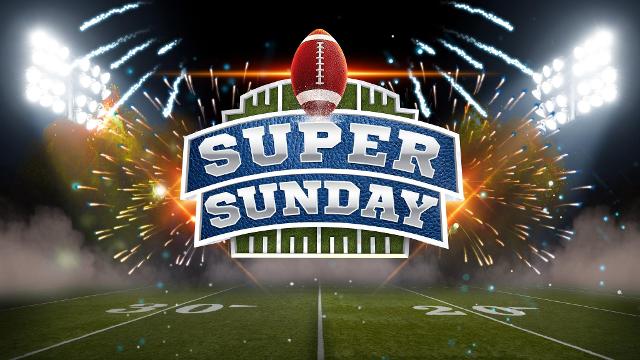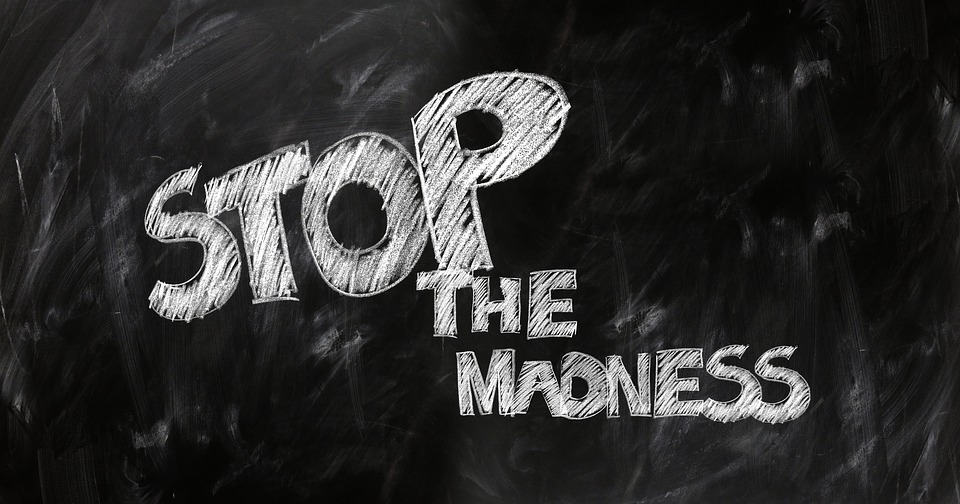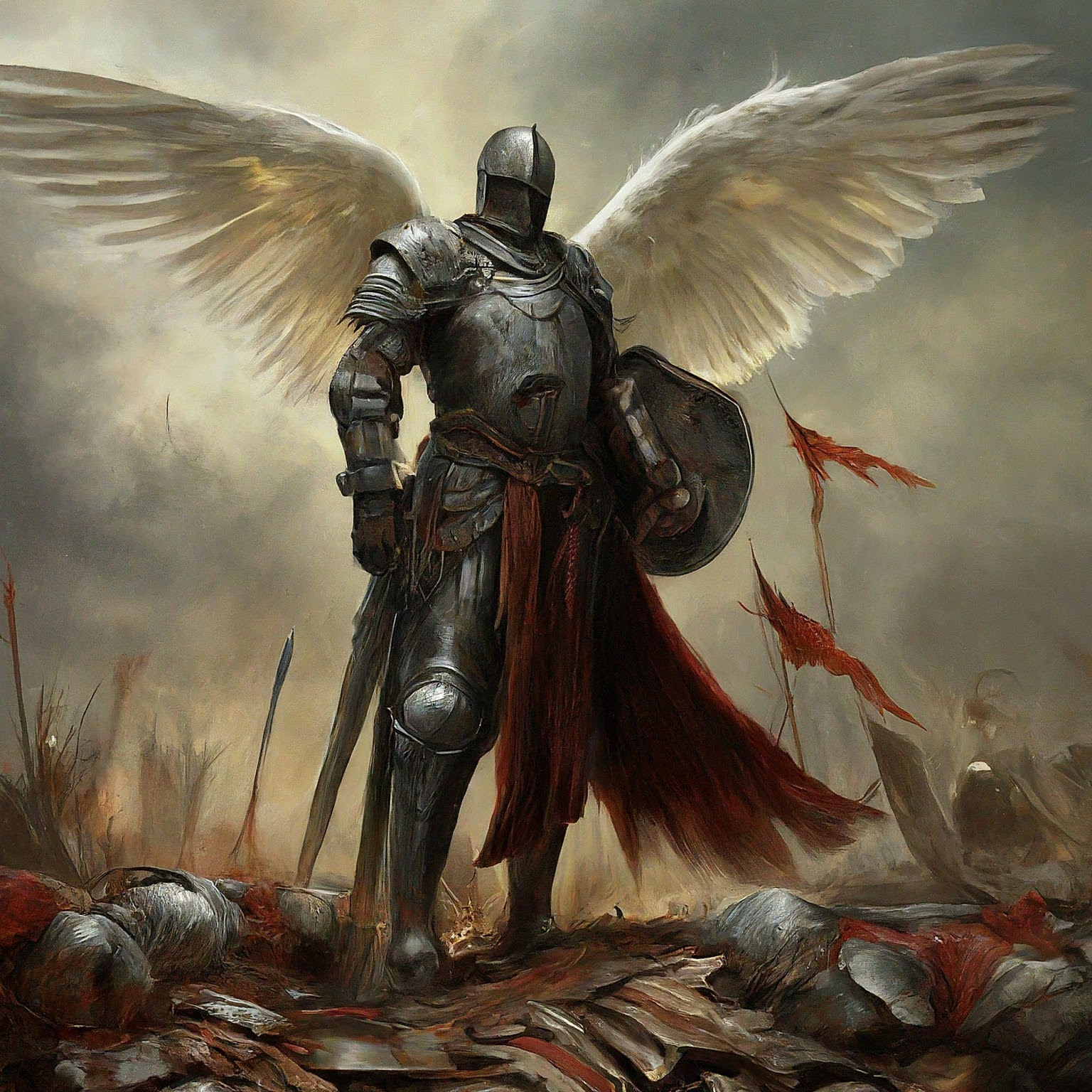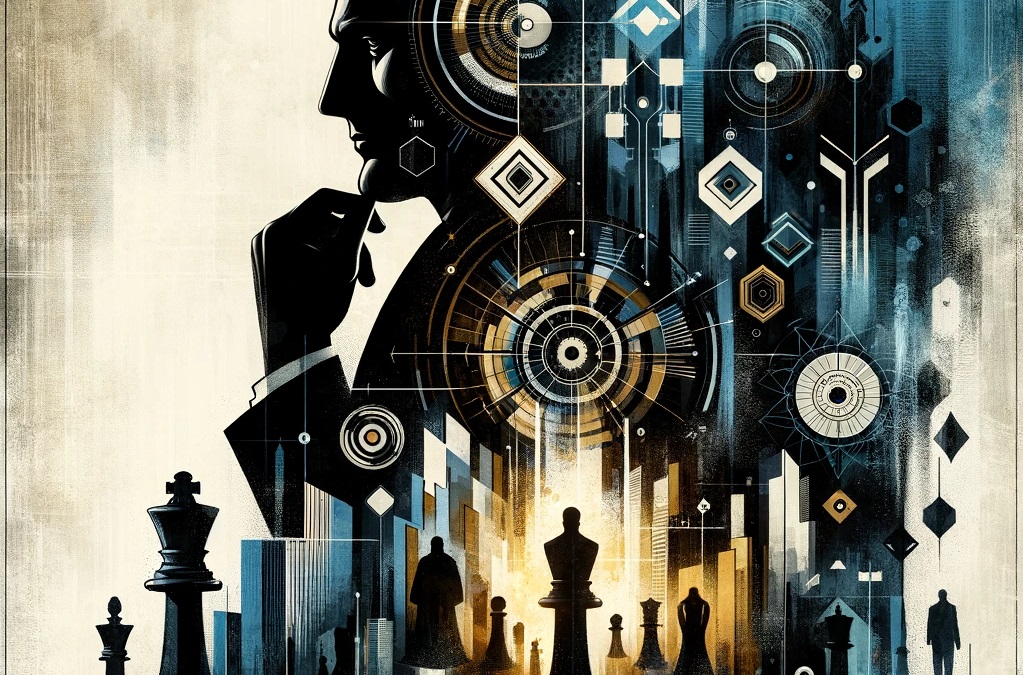A Brief History of the Game that Unites Us
The Super Bowl, a spectacle eagerly anticipated by millions of people around the world, is more than just a championship football game. It has become an iconic cultural event that unites people from various backgrounds, transcending the boundaries of sport. Super Bowl Sunday is a day filled with excitement, camaraderie, and memorable moments. From its humble beginnings to its current status as a global phenomenon, the Super Bowl has left an indelible mark on American culture. This article explores the rich history of the Super Bowl, highlighting its evolution, halftime shows, unforgettable plays, commercials, traditions, and its impact on society, while also contemplating the game’s future and enduring legacy.

The significance of Super Bowl Sunday
– The cultural phenomenon of Super Bowl Sunday
Ah, Super Bowl Sunday. The day when everyone becomes an expert in football, even if they’ve spent the rest of the year pretending to know nothing about the sport. It’s a day filled with greasy snacks, funny commercials, and the promise of a thrilling game. Super Bowl Sunday has become more than just a football game; it’s a cultural event that brings people together, whether they’re die-hard fans or just there for the halftime show. So, let’s take a trip down memory lane and explore the history of the game that unites us all.
From humble beginnings to a national phenomenon
– The merger of the AFL and NFL
The Super Bowl didn’t just materialize out of thin air. It was the product of a merger between two rival football leagues: the American Football League (AFL) and the National Football League (NFL). These two leagues realized that coming together would create a much stronger force, kind of like when peanut butter met jelly and the PB&J sandwich was born.
– The inaugural Super Bowl: A modest beginning
In 1967, the first-ever Super Bowl was played between the Green Bay Packers and the Kansas City Chiefs. It wasn’t exactly the extravagant spectacle we’re used to seeing today. The game took place in the Los Angeles Memorial Coliseum, which was only two-thirds full. But hey, we all have to start somewhere, right?
– The inaugural Super Bowl: A modest beginning
Over the years, the Super Bowl grew in popularity, attracting larger audiences and turning into a true cultural phenomenon. It became the most-watched television program in the United States, with people tuning in not only for the game but also for the halftime show and those oh-so-funny commercials.
From marching bands to star-studded spectacles
– Early halftime traditions and performances
Now, let’s talk about my personal favorite part of Super Bowl Sunday: the halftime show. Back in the early days, halftime shows were a bit more low-key. We’re talking about marching bands, drill teams, and maybe a few fireworks if they were feeling fancy. It was all very wholesome and family-friendly. Think of it as the halftime equivalent of a nice cup of chamomile tea.
– The iconic halftime show featuring Michael Jackson
But everything changed in 1993 when Michael Jackson took the stage and delivered a performance that would forever shape the future of halftime shows. MJ brought the glitz, the glamour, and the moonwalking that left us all in awe. From that moment on, halftime shows became star-studded spectacles, featuring the biggest names in music strutting their stuff on the grandest stage.
– From classic rock acts to pop sensations: The transformation of halftime entertainment
In recent years, we’ve seen everything from classic rock acts like The Rolling Stones and Prince to pop sensations like Beyoncé and Lady Gaga. The halftime show has turned into a platform for artists to showcase their talent and creativity, and boy, do they deliver.
Iconic plays, game-winning drives, and unexpected upsets
– The Immaculate Reception: A game-changing play
Of course, we can’t talk about the Super Bowl without highlighting some of the most unforgettable moments in its history. From game-changing plays to incredible comebacks, this game has provided us with a treasure trove of memories.
One such moment is the Immaculate Reception, a play that still leaves football fans in awe. Picture this: it’s the 1972 playoffs, and the Pittsburgh Steelers are down by one point to the Oakland Raiders with just seconds left on the clock. In a miraculous turn of events, Steelers running back Franco Harris catches a deflected pass, takes it to the end zone, and seals their victory. It was like witnessing a unicorn doing a backflip.
– The Drive: A legendary comeback
Then there’s “The Drive” of 1987, when quarterback John Elway led the Denver Broncos on a 98-yard touchdown drive in the closing minutes of the game. It was a masterclass in clutch performance and left us all wondering if Elway had made a deal with the football gods.
– Upsets and underdog victories in Super Bowl history
And let’s not forget those unexpected upsets and underdog victories that make the Super Bowl even more exciting. From the New York Giants beating the undefeated New England Patriots in 2008 to the Philadelphia Eagles soaring high against the mighty New England Patriots in 2018, these underdog triumphs show us that anything is possible in this game.
So, as you gear up for this year’s Super Bowl Sunday, take a moment to appreciate the rich history of this iconic event. From its humble origins to its status as a cultural phenomenon, the Super Bowl has woven itself into the fabric of our society. So grab a plate of nachos, settle in on the couch, and enjoy the game that brings us all together. l
The Super Bowl – From cultural touchstones to marketing showcases
Ah, the Super Bowl commercials. They’ve become as much a part of the game as the touchdowns and halftime show. But how did advertising infiltrate this hallowed sporting event? Let’s take a trip down memory lane.
Once upon a time, the Super Bowl was just about the game itself. But in the late 1970s, companies began to see the massive viewership as a golden opportunity to showcase their products. And so, the era of Super Bowl commercials was born.
Over the years, these commercials have become more than just marketing ploys. They’ve become cultural touchstones that we eagerly anticipate each year. From the iconic Budweiser frogs to the hilarious Doritos ads, these commercials have a way of infiltrating our conversations and becoming part of our collective consciousness.
Of course, such prime advertising real estate doesn’t come cheap. In fact, the cost of a 30-second Super Bowl commercial is enough to make your eyes water. Companies shell out millions of dollars for these slots, all in the hopes of making a lasting impression on the Super Bowl audience.
Tailgating, parties, and the sense of camaraderie
What’s a Super Bowl without some good old-fashioned fanfare? It’s not just about the game; it’s about the entire experience and the sense of camaraderie it brings.
Before the big game, you’ll find fans across the country partaking in the time-honored tradition of tailgating. Grills fired up, coolers stocked with drinks, and friends gathered around, all in the name of celebrating the big day. It’s a pre-game ritual that adds to the excitement and anticipation.
And let’s not forget about the Super Bowl parties. These gatherings have become a national celebration, with friends and families coming together to watch the game, indulge in delicious snacks, and cheer on their favorite teams. It’s a time to forget about the stresses of daily life and immerse ourselves in the joy and excitement of the game.
But perhaps the most remarkable thing about Super Bowl Sunday is the sense of community and unity it fosters. For a few hours, people from all walks of life come together to cheer, cry, and celebrate. It’s a reminder that sports have a unique ability to bring us together, even if just for a moment.
7. Super Bowl Sunday and American culture
The game’s impact on society and unity
Super Bowl Sunday isn’t just a football game; it’s a cultural phenomenon that has a profound impact on American society.
On this day, the entire country seems to come to a standstill as people gather around their televisions, eagerly awaiting the game. Super Bowl Sunday has become a unifying event, transcending age, gender, and social status. We’re all in this together, cheering for our favorite teams or simply enjoying the spectacle.
But it’s not just the game that captures our attention. Super Bowl commercials have played a significant role in shaping our culture and trends. From catchy jingles to memorable characters, these ads have a way of permeating our daily lives and becoming part of our shared experiences.
And let’s not forget the game itself. The Super Bowl has had a profound influence on American sports and entertainment. It has become a platform for showcasing extraordinary talent, creating unforgettable moments, and setting the stage for future generations of athletes and performers.
The future of the Super Bowl
As we look to the future, the Super Bowl continues to evolve, both in terms of technological advancements and the challenges it faces.
Technological innovations have transformed the viewing experience, with high-definition broadcasts, interactive features, and virtual reality enhancing the way we watch the game. Who knows what advancements await us in the years to come, but one thing’s for sure: the Super Bowl will continue to captivate audiences with new and exciting ways to engage.
Innovations, controversies, and the game’s enduring legacy
However, the game is not without its controversies. From player controversies to concerns over player safety, the Super Bowl is not immune to the challenges faced by the sports industry as a whole. As the game continues to grow in popularity, it must address these issues to ensure the long-term health and sustainability of the sport.
Regardless of the challenges, one thing is certain: the Super Bowl has left an indelible mark on our culture. Its legacy will endure, as it continues to bring people together, inspire unforgettable moments, and capture our collective imagination year after year. So, here’s to the game that unites us all on Super Bowl Sunday, and may it continue to entertain and unite for generations to come. Cheers!
Super Bowl Sunday Unites Us
As we reflect on the rich history and cultural significance of Super Bowl Sunday, it becomes apparent that this annual event holds a special place in the hearts of millions. From the early years of the game to the extravagant halftime shows, from the thrilling plays on the field to the unforgettable commercials, the Super Bowl has become more than just a game—it has become a shared experience that brings people together. As the Super Bowl continues to evolve and captivate audiences, we can only anticipate the future innovations, controversies, and moments of brilliance that will shape its enduring legacy. Super Bowl Sunday will continue to unite us, fostering a spirit of camaraderie and celebration that will endure for generations to come.





